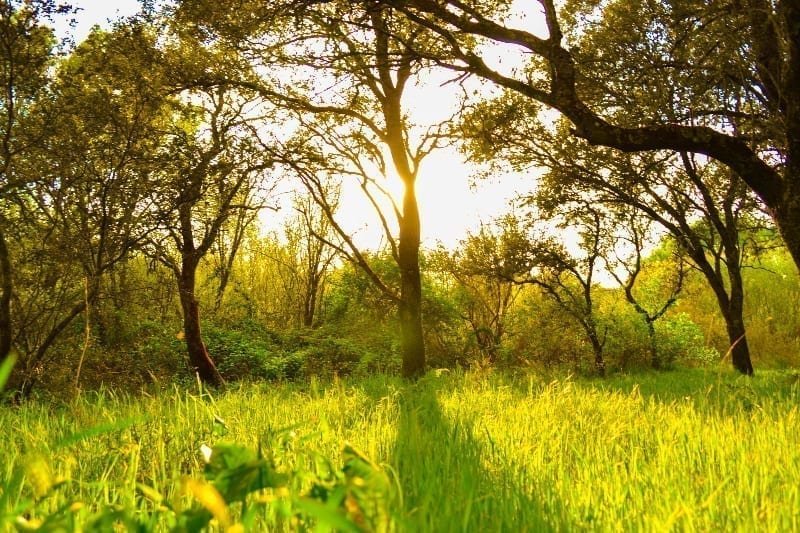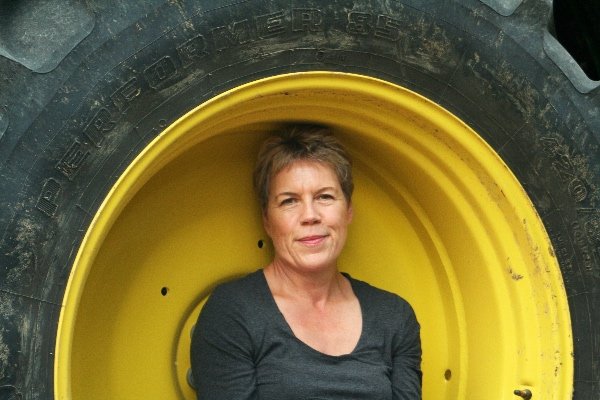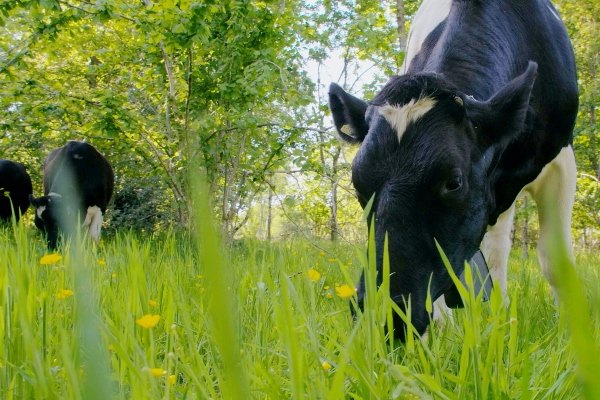This article first appeared in our World Environment Day issue of My Green Pod Magazine, published 05 June 2024. Click here to subscribe to our digital edition and get each issue delivered straight to your inbox
Main image: Aerial view of the agroforestry system at Wakelyns, Suffolk
Both founded in 1973, the timeline of World Environment Day is synonymous with that of Soil Association Certification.
This year’s World Environment Day theme – land restoration, desertification and drought resilience – got me thinking about the way we farm and its impact on soil health, and in turn the ability of soil to respond to water security issues.
While we have experienced periods of drought in our own climate, our island remains predominantly a wet one; after a particularly long and wet spring, there is a flip side to water resilience.
Changes of land use can help slow the movement of water on our uplands; this means that spreading the burden of high rainfall and improved soil health can help agricultural land hold more water before it becomes a problem.
Waterlogged fields are not great places for the heavy machinery needed at the beginning of a growing season. In fact, many growers have had to delay planting this year, reducing the overall productivity of some farms and putting certain farming business models at risk.
Agroforestry in action
One approach farmers are adopting to mitigate water issues is agroforestry – the practice of planting trees as an integral part of the farm in order to boost the land’s productivity.
Agroforestry is a good example of farmers thinking about diversity and using trees to improve water flow across the land.
A recent visit to one of our organic farmers, who is experimenting with agroforestry, showed water management in the soil in action.
The soil on a piece of farmland there had previously been degraded by a more intensive approach. It had become waterlogged to such an extent it was not going to be suitable for a horticultural enterprise.
The farmer has introduced a mixed tree crop and small poultry activity, which has turned the future of this piece of land around.
A few years into the project, the soil is building fertility thanks to a more varied root system, and draining better than before thanks to improved soil health.
In the early ears, the chickens helped to control competing plants around the young trees and made the land more profitable for the farmer during the early period, when the trees were not cropping or bringing in an income.
What was a problem field for the farmer has become a case study for how we might produce food for a changing world.
 Play Video about This Rock Might Just Save The World
Play Video about This Rock Might Just Save The World Play Video about Play 2 hours of rock
Play Video about Play 2 hours of rock Play Video about Play 2 hours of brook
Play Video about Play 2 hours of brook Play Video about Play 2 hours of sheep
Play Video about Play 2 hours of sheep














































